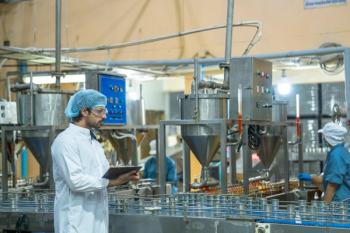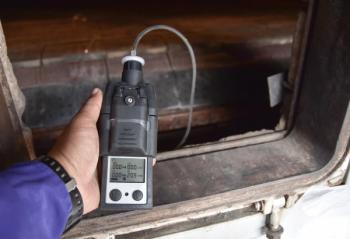
Improving the Performance of Contactless Dielectrophoresis
In this interview segment, Rafael Davalos discusses contactless dielectrophoresis, highlighting the utility of this technique not just in cancer research, but other application areas as well.
At the 2025 edition of SciX, which took place from October 5–10, in Covington, Kentucky, Rafael V. Davalos, a professor at the Georgia Institute of Technology, delivered a presentation titled, “Design, Development, and History of Contactless Dielectrophoresis” (1). His talk presented the development and applications of contactless dielectrophoresis (cDEP), an innovative microfluidic technique designed to overcome key limitations in electrokinetic systems, including Joule heating, contamination, and low sample viability.
Unlike traditional approaches, cDEP isolates samples from electrodes using a thin polydimethylsiloxane (PDMS) membrane, enabling gentle and precise cell manipulation while preventing electrolysis. Evolving through multiple design generations, the latest cDEP devices feature channels with tens of thousands of cell-sized posts, improving throughput and selectivity (1). Optimization of parameters such as post geometry and membrane thickness has enhanced performance, reduced fabrication costs, and minimized pearl chaining. Numerical modeling has further clarified the system’s electrical and fluidic behaviors (1). cDEP has shown strong potential in precision oncology, enabling the separation and analysis of complex cellular subpopulations, such as distinguishing macrophages from fibroblasts or early- from late-stage ovarian cancer cells (1). Future directions include leveraging cDEP for cancer research, sample preparation, and broader biomedical applications.
Davalos, a researcher in microfluidics for personalized medicine and innovative cancer therapies, is best known as the co-inventor of irreversible electroporation (IRE), a minimally invasive, non-thermal technique used to treat tumors located near vital structures such as blood vessels and nerves (2). IRE has benefited thousands of patients globally, with a second-generation version currently in clinical trials. Davalos has published 150 peer-reviewed papers, holds 47 patents, and has an h-index of 72 with over 18,000 citations (2). He has also secured more than $37 million in research funding and has had his patents licensed by seven companies (2).
In this interview segment, Davalos discusses cDEP, highlighting the utility of this technique not just in cancer research, but other application areas as well.
This interview clip is part of our ongoing coverage of the SciX Conference. To stay up to date with the latest coverage of the 2025 SciX Conference, click
References
- SciX, Design, Development, and History of Contactless Dielectrophoresis. SciX Conference. Available at:
https://www.scixconference.org/2025-final-program (accessed 2025-10-13). - Georgia Institute of Technology, Rafael V. Davalos. Georgia Tech. Available at:
https://bme.gatech.edu/bme/faculty/Rafael-Davalos (accessed 2025-10-13).
Newsletter
Get essential updates on the latest spectroscopy technologies, regulatory standards, and best practices—subscribe today to Spectroscopy.





